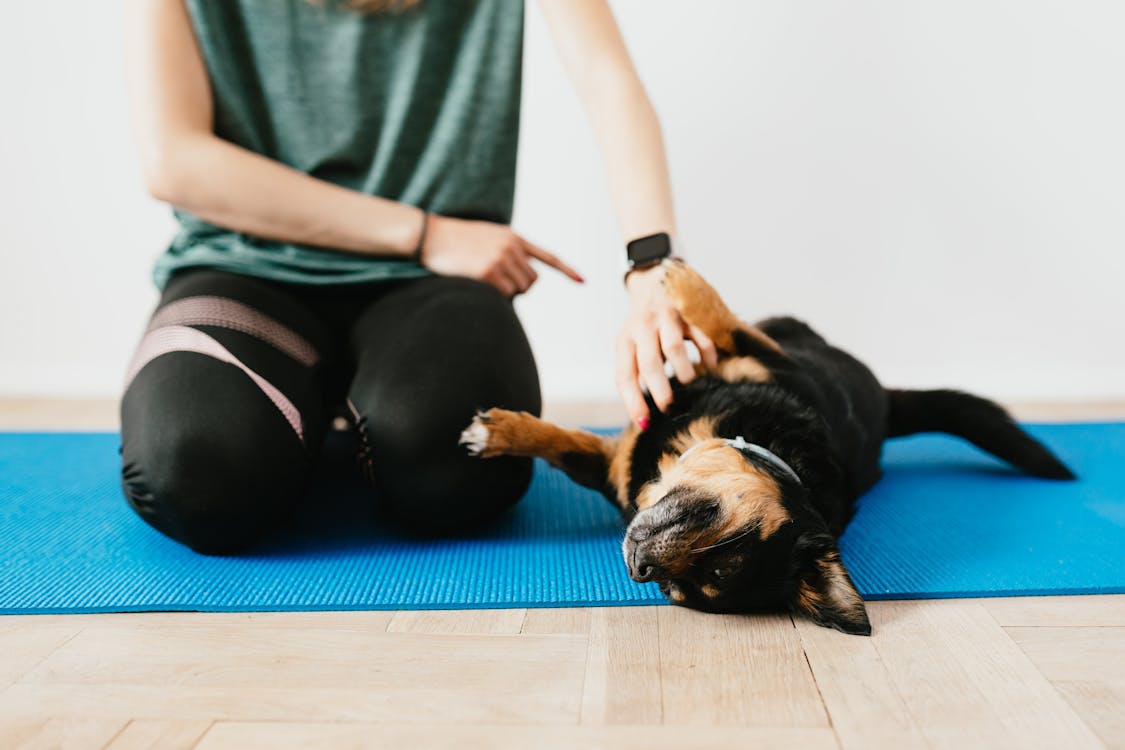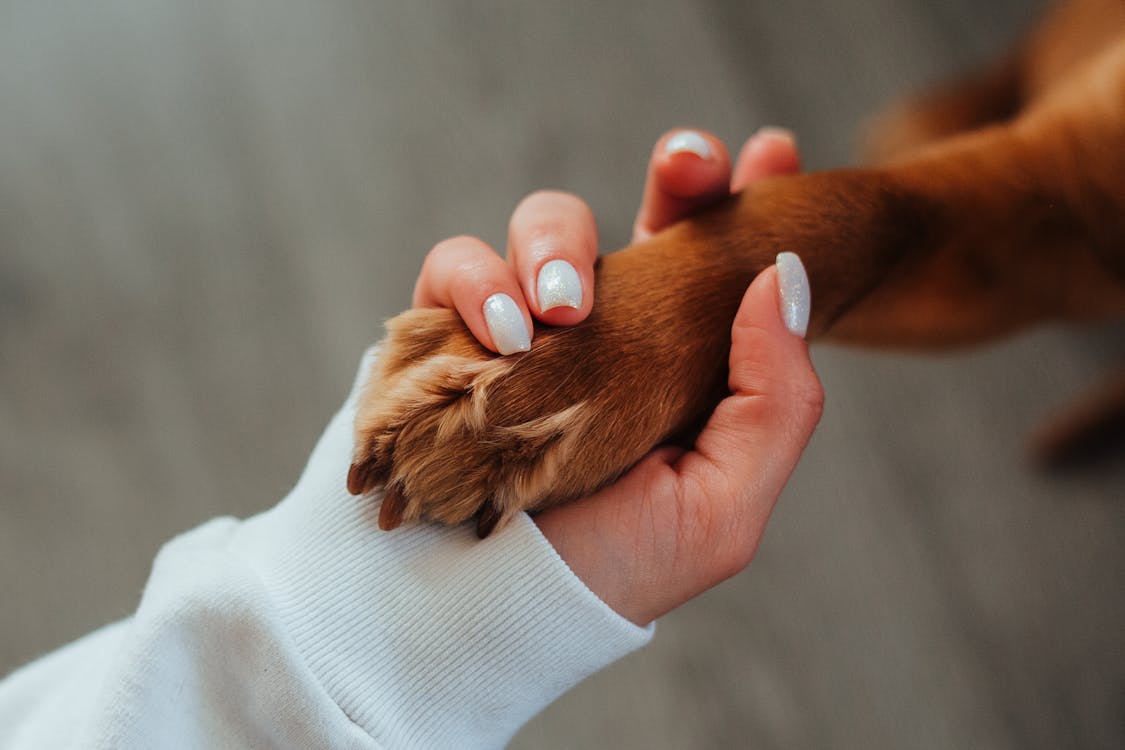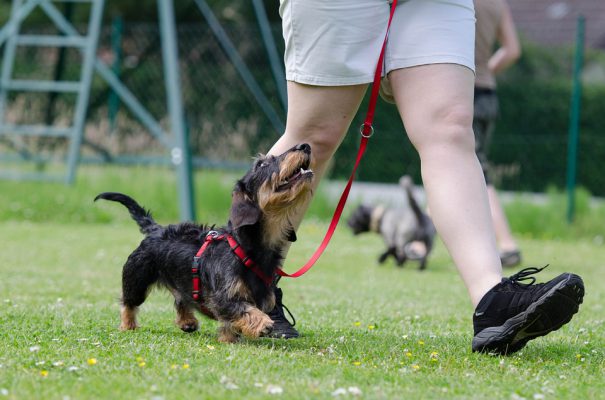Fido, the newest addition to your family, is finally home. After months of waiting and anticipation, you can finally give all your love to a furry little bundle of joy. However, it’s important to remember that dogs are not born knowing how to behave in a human home. They will need to be taught some basic rules and manners before they can truly be a part of the family. Here are the top things that you’ll need to teach your new furry friend.
1. Potty Training
Potty training can be a bit challenging, but it’s important to be patient and consistent with your animal. A good way to start is by establishing a specific place for your dog to go to the bathroom. This spot should be somewhere that’s easy for them to access, like in the backyard or next to the door.

Once you’ve chosen a spot, make sure to take your dog there frequently so they start to learn that it’s the designated area for going to the bathroom. In addition, pay close attention to their behavior and look for signs that they need to go out, such as pacing or sniffing around.
2. Obedience Training
When training your new dog, it’s essential to start with some basic obedience commands. These commands will help you to establish yourself as the leader of the pack and will ensure that your dog is well-behaved and responsive to your cues. Some useful tips when teaching obedience commands include staying consistent and using positive reinforcement such as treats or praise.

Additionally, it’s important to be patient and persistent, knowing that high-level obedience training may take a bit of time and practice. Therefore, the next time you come across a micro mini bulldog for sale, consider the breed’s obedience training needs.
3. Socialization
One of the most important things that you can do for your new pup is to socialize them with other dogs and people. This will help them to become comfortable around other animals and humans, and it will reduce the likelihood of them developing fear-based aggression. A great way to socialize your pup is by taking them to dog parks or puppy classes.
4. Leash Training
Before you begin the actual training, it is important to get your pup used to the leash by letting him wear it around the house for short periods. This will help your pooch associate the leash with positive experiences so that he doesn’t feel anxious or stressed when wearing it during his training sessions. Once you feel ready to start leash training, try keeping your movements slow and gentle as you walk with your dog outside.
5. Chewing
Chewing is how dogs relieve boredom or stress. However, some dogs destroy everything in sight, while others are more discriminating. If you want your dog to chew only certain things, you’ll need to provide acceptable chew toys and teach him what’s fair game.
A local carpenter can create custom chew toys that are safe for your dog and match your decorating style. To keep your pup from chewing on furniture, try using a bitter spray made specifically for pets. This non-toxic spray tastes unpleasant to dogs but is safe for use around children and other pets.
6. Ensure They Come When Called

Dogs are known for their loyalty, and one of the things that makes them such great companions is their willingness to come when called. However, this doesn’t happen automatically. You will need to put in some work to teach your new dog this important skill. One of the best ways to do this is through positive reinforcement. Whenever your dog comes when called, make sure to give him plenty of praise and maybe even a treat. This will help him to associate coming when called with something positive, and he’ll be more likely to do it in the future.
Another tip is to keep your calls short and sweet. Just use your dog’s name followed by a single word like “come” or “here.”
Teaching your new pooch the basics of good canine etiquette is essential for forming a lifelong and loving bond between you and your beloved pet. Not only will your new furry friend learn how to behave, but he will also have a smoother transition into your family dynamic.
Loading recommendations...





Puppy Dental Care Products: Maintain oral hygiene. SHOP NOW
Battery-operated for convenience: The comb operates on batteries, providing cordless convenience for easy use. electric flea comb
Excited to hear Papa’s Pizzeria is back! With Ruffle, we can all relive the fun of taking orders, adding toppings, and making perfect pizzas. Let’s make Papa Louie proud!
The impact of pets on our well-being extends far beyond the surface. Numerous studies have highlighted the therapeutic benefits of having a pet, showcasing how they can alleviate stress, reduce feelings of loneliness, and even improve physical health. The simple act of stroking a purring cat or playing fetch with a dog releases oxytocin and reduces cortisol levels, promoting a sense of calmness and contentment. For many, pets become confidants, listeners to our innermost thoughts without judgment, fostering emotional resilience and stability.
It is essential to keep in mind that dogs are not born knowing how to act appropriately in the company of humans. Before they can be driving directions considered to be a true member of the family, it is necessary for them to learn certain fundamental guidelines and etiquette. The following is a list of the most important things that you will need to educate your new four-legged pet.
Found your post interesting to read. I cant wait to see your post soon. Good Luck with the upcoming update. This article is really very interesting and effective.